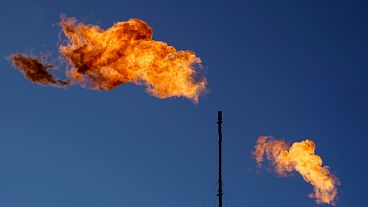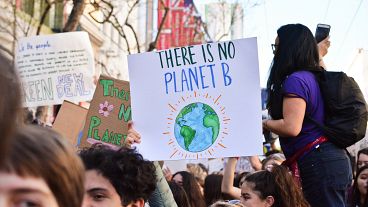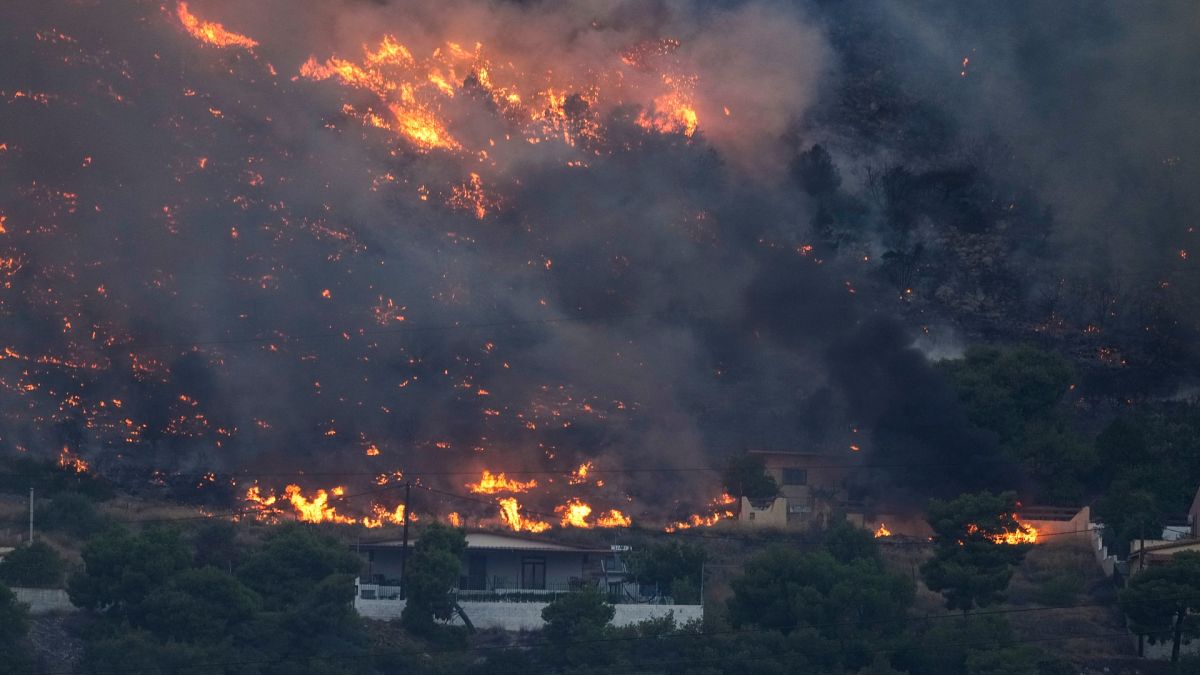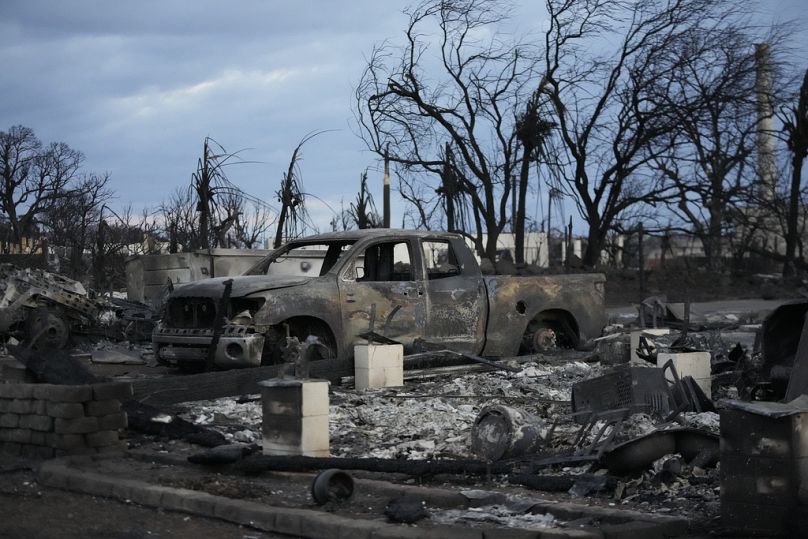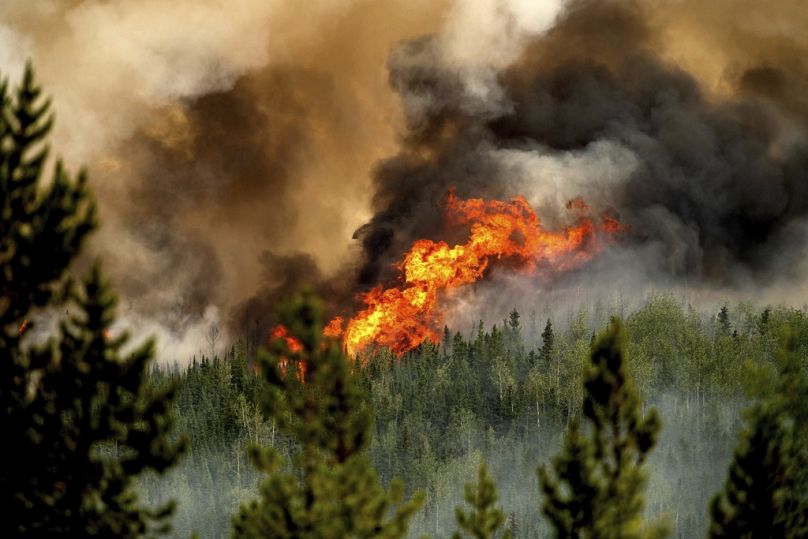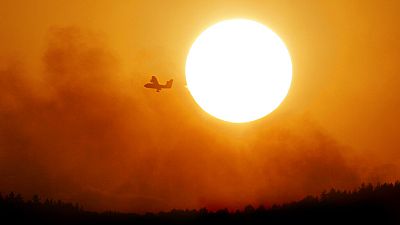Around 3.9 million square kilometres of land were burnt globally during last year’s fire season.
Unprecedented wildfires in Canada and parts of Amazonia last year were made at least three times more likely by climate change, a new report has found.
Wildfires in Greece, where blazes are currently burning around Athens, were made twice as likely by climate change.
The ‘State of Wildfires’ report - published by the University of East Anglia (UEA), the UK Centre for Ecology & Hydrology (UKCEH), the Met Office and the European Centre for Medium-Range Weather Forecasts (ECMWF) - is the first annual stocktake of extreme fires.
It looks at those that took place between March 2023 and February 2024, the causes behind them and if they could be predicted. Researchers also analysed how much climate change could increase the risk of similar events in future.
It found that if it had not been a quiet year in the African savannahs, the emissions from fires around the world would have been the greatest of any season on record since 2003.
Around 3.9 million square kilometres of land were burnt globally during last year’s fire season.
2023 saw unprecedented wildfires around the world
Fires in Canada led to more than 230,000 evacuations in 2023 and eight firefighters lost their lives.
South America also saw an unusually high number of fires during the 2023-24 season, especially in northern parts of the continent. Blazes in Brazil’s Amazonas state, Bolivia, Peru and Venezuela led to the Amazon region experiencing some of the worst air quality on the planet.
Wildfires in Chile, Hawaii and Greece also spread rapidly and burned intensely. In Chile, 131 people died, 100 in Hawaii and 19 in Greece.
“Last year, we saw wildfires killing people, destroying properties and infrastructure, causing mass evacuations, threatening livelihoods, and damaging vital ecosystems,” says lead author of this year’s analysis, Dr Matthew Jones, a research fellow at the Tyndall Centre for Climate Change Research at UAE.
“Wildfires are becoming more frequent and intense as the climate warms, and both society and the environment are suffering from the consequences.”
He adds that in Canada, a decade’s worth of carbon emissions from fire were recorded in a single season - more than 2 billion tonnes of CO2. These emissions further raise atmospheric concentrations of CO2, exacerbating global warming.
How is climate change making wildfires more likely?
Alongside cataloguing the impact of last year’s fires, the report also focuses on the causes of extreme fires in three regions: Canada, western Amazonia and Greece.
In all three locations, they found that fire weather - characterised by hot dry conditions that make blazes more likely to ignite - has shifted significantly due to climate change.
Extreme fire-prone weather in 2023 made fires in Canada three times more likely and two times more likely in Greece. In Amazonas, hot dry weather made fires 20 times more likely.
In Canada and Greece, a mixture of severe fire weather and plenty of dry vegetation drove a major uptick in the number and extent of fires last year.
Researchers also used cutting-edge attribution tools to work out how climate change had altered the area burned by fires versus what they would look like in a world without climate change.
“It is virtually certain that fires were larger during the 2023 wildfires in Canada and Amazonia due to climate change,” says Dr Chantelle Burton, Senior Climate Scientist at the Met Office.
“We are already seeing the impact of climate change on weather patterns all over the world, and this is disrupting normal fire regimes in many regions. It is important for fire research to explore how climate change is affecting fires, which gives insights into how they may change further in the future.”
Cutting greenhouse gas emissions could help limit wildfires
The frequency and intensity of extreme wildfires will increase by the end of this century, particularly if greenhouse gas emissions remain high, the report’s authors say.
“As long as greenhouse gas emissions continue to rise, the risk of extreme wildfires will escalate,” explains Dr Douglas Kelley, senior fire scientist at UKCEH.
But increases in the likelihood of future fires can be minimised by reducing greenhouse gas emissions and aiming for ambitious carbon targets.
“Whatever emissions scenario we follow, risks of extreme wildfires will increase in Canada, highlighting that society must not only cut emissions but also adapt to changing wildfire risks,” Dr Kelley adds.
“These projections highlight the urgent need to rapidly reduce greenhouse gas emissions and manage vegetation in order to reduce the risk and impacts of increasingly severe wildfires on society and ecosystems.”



